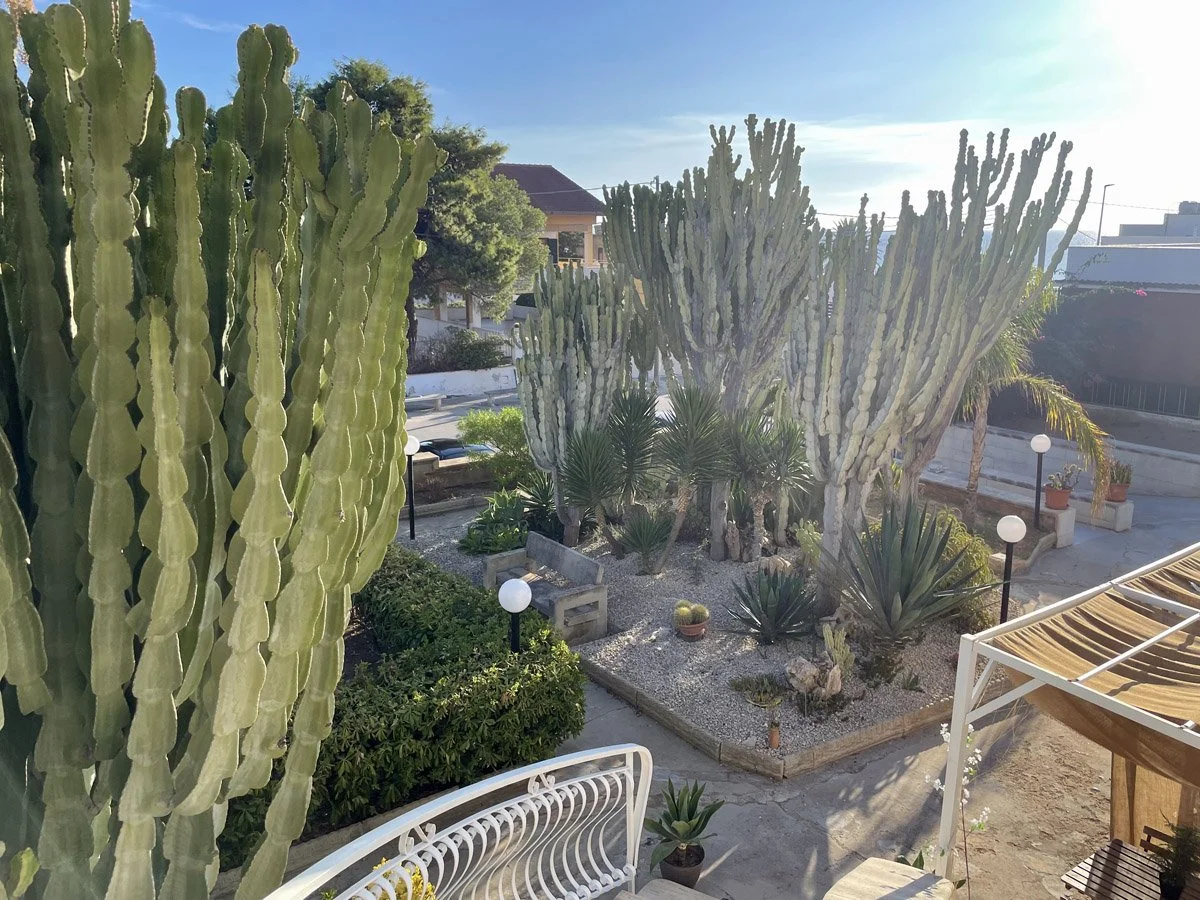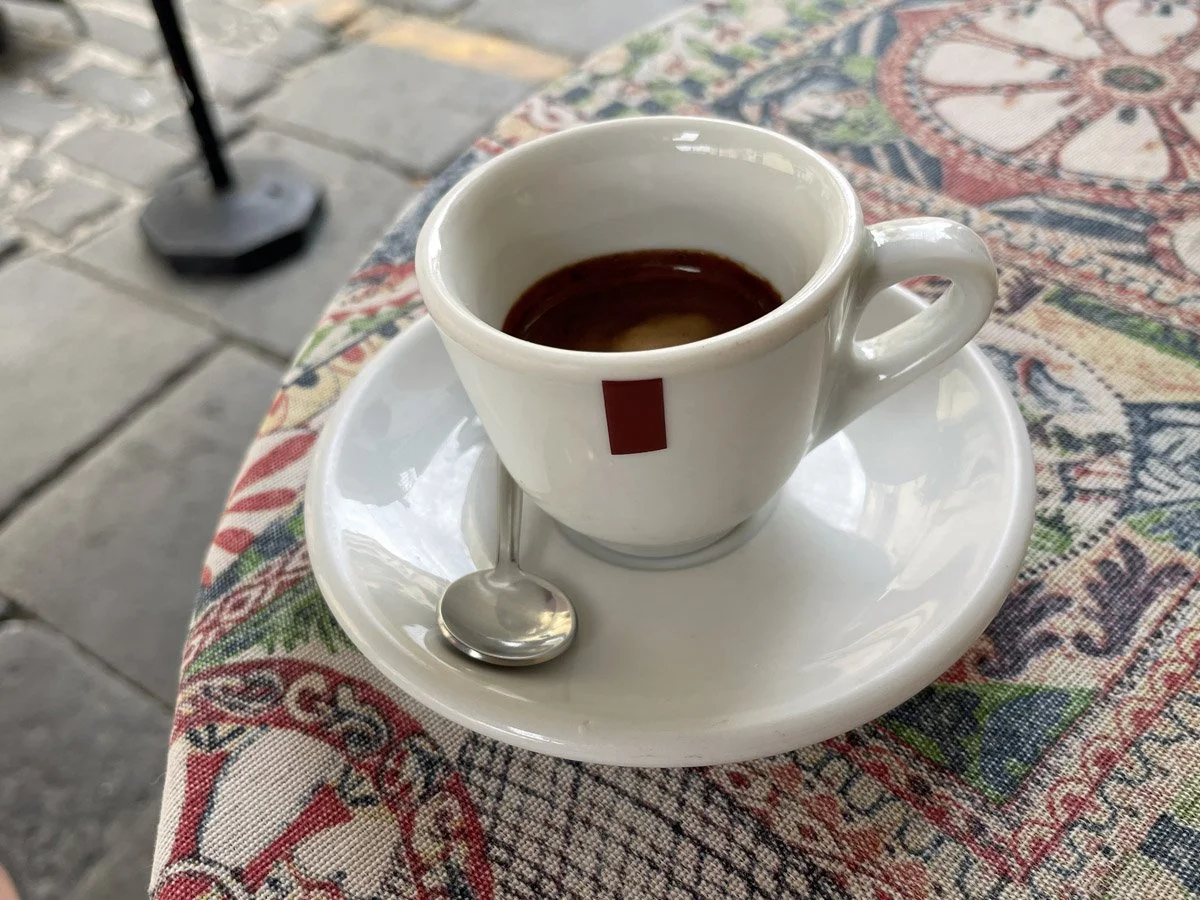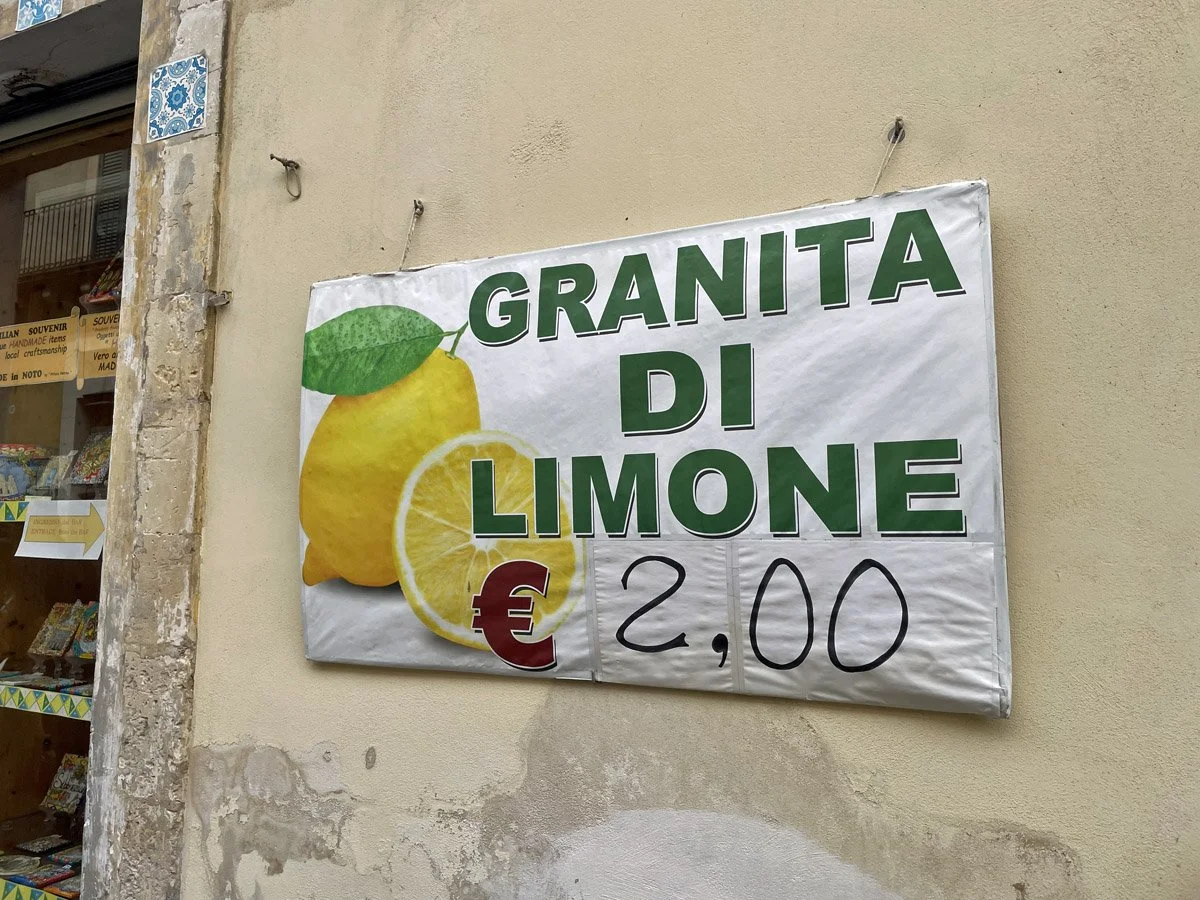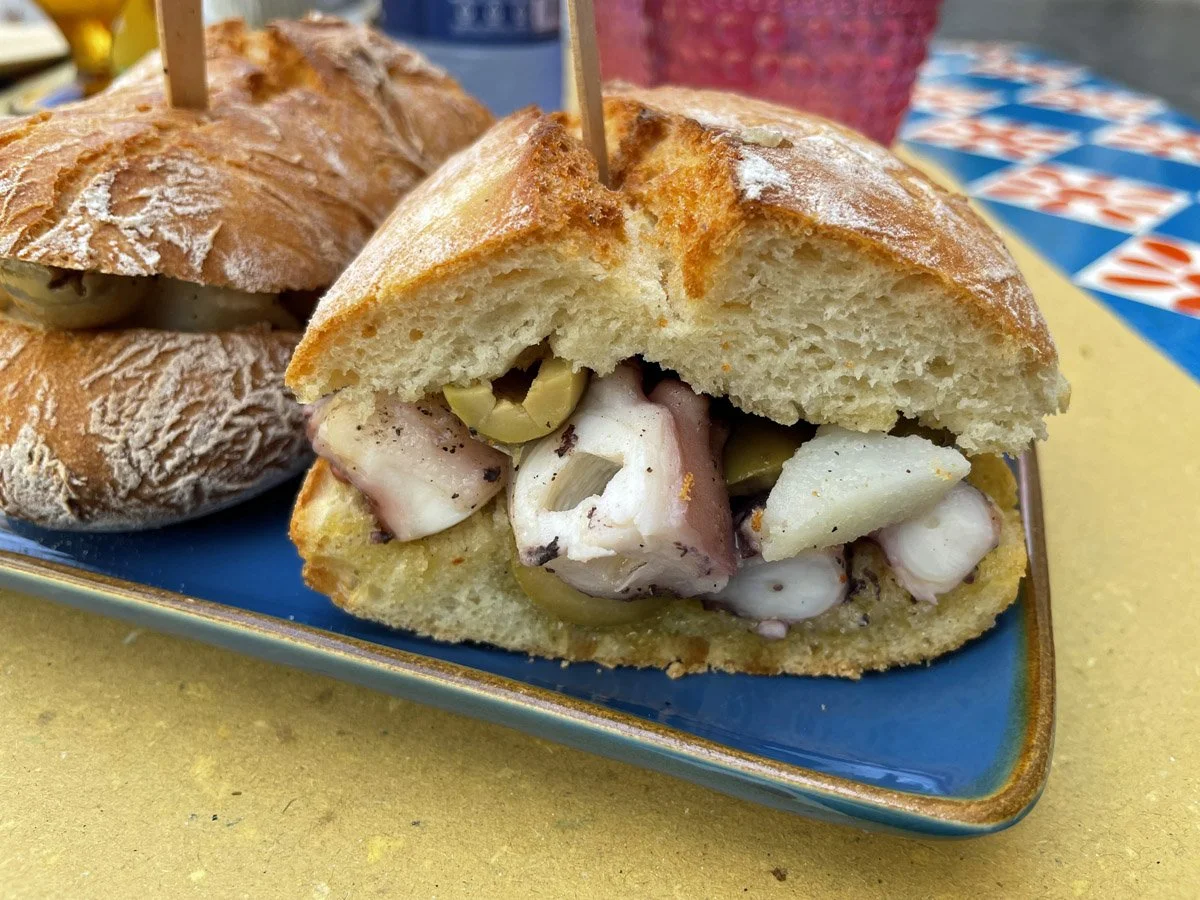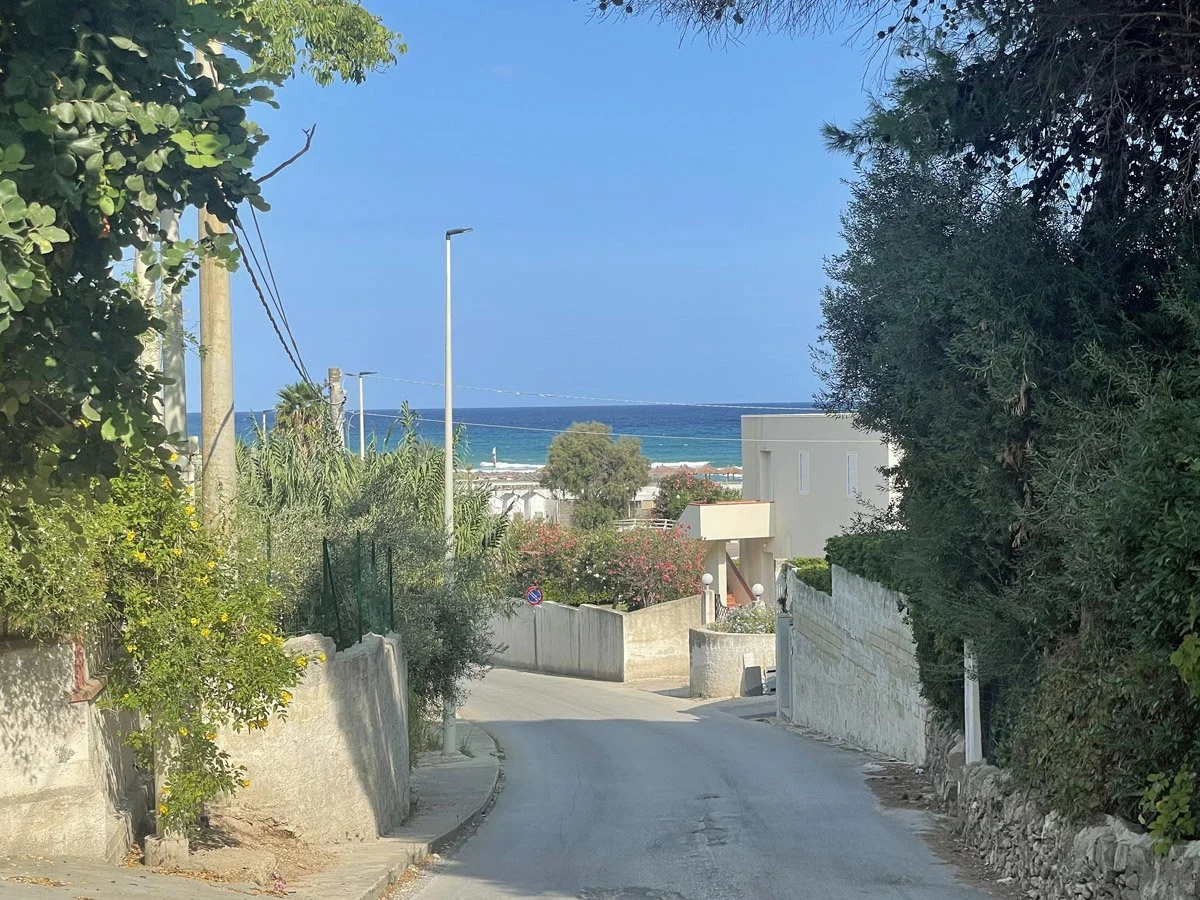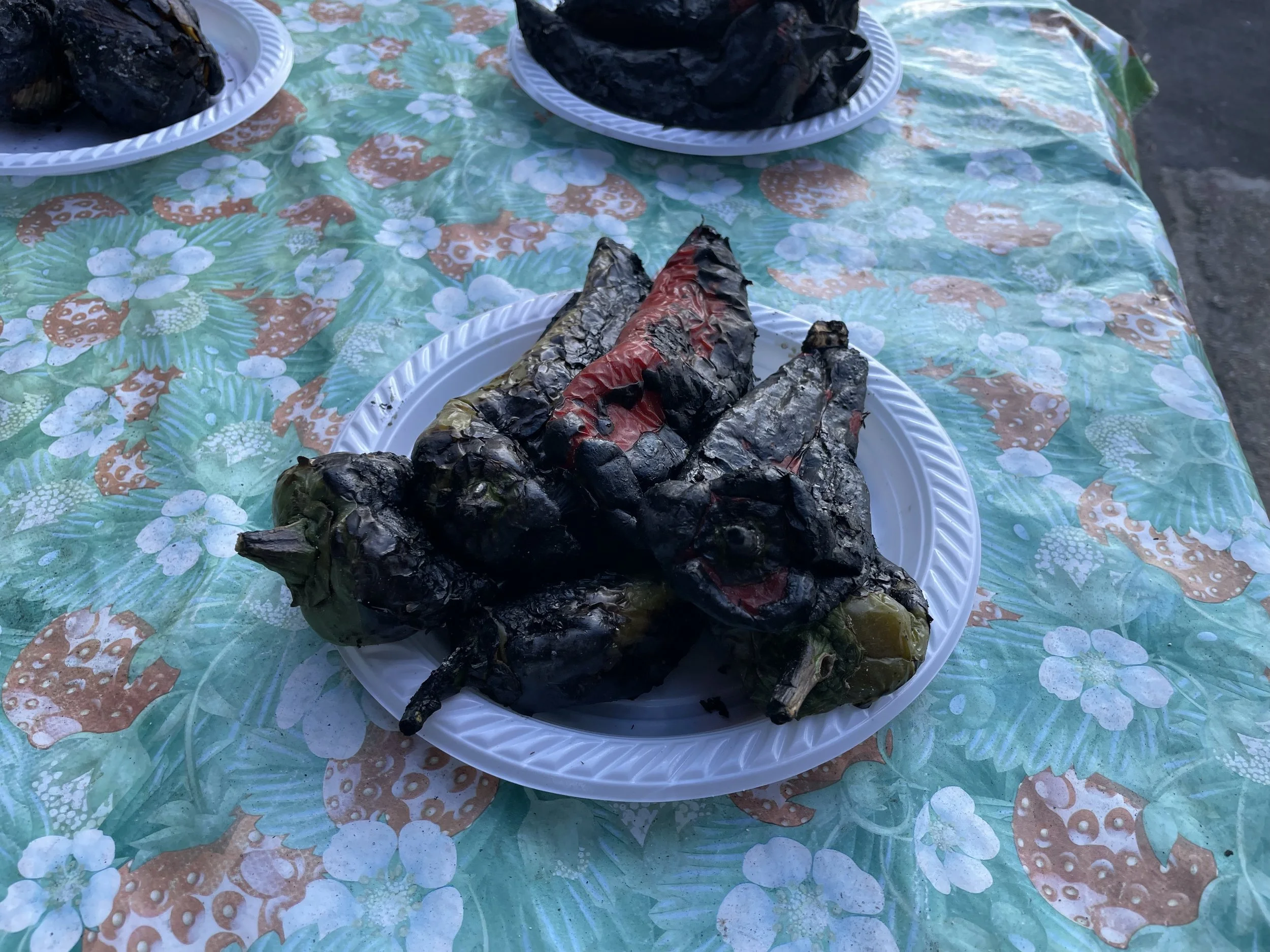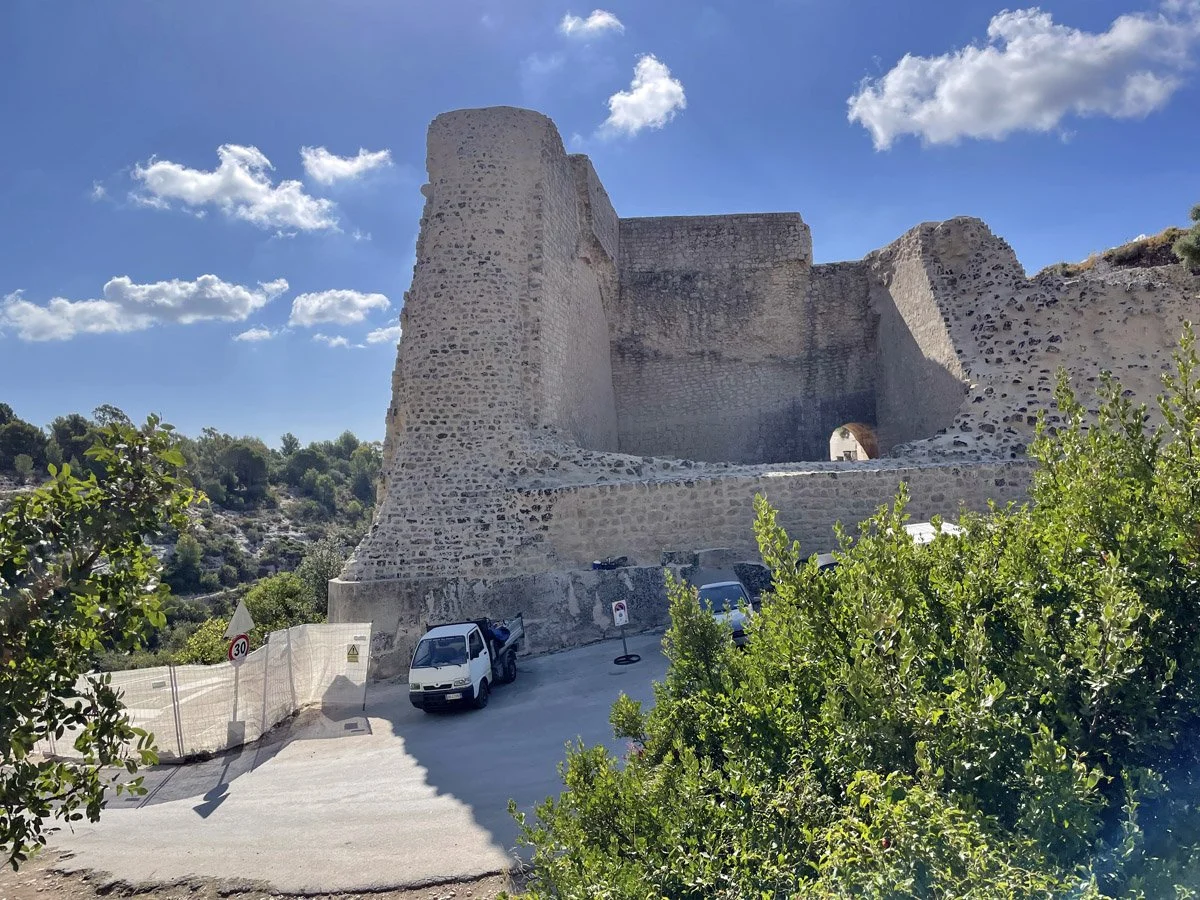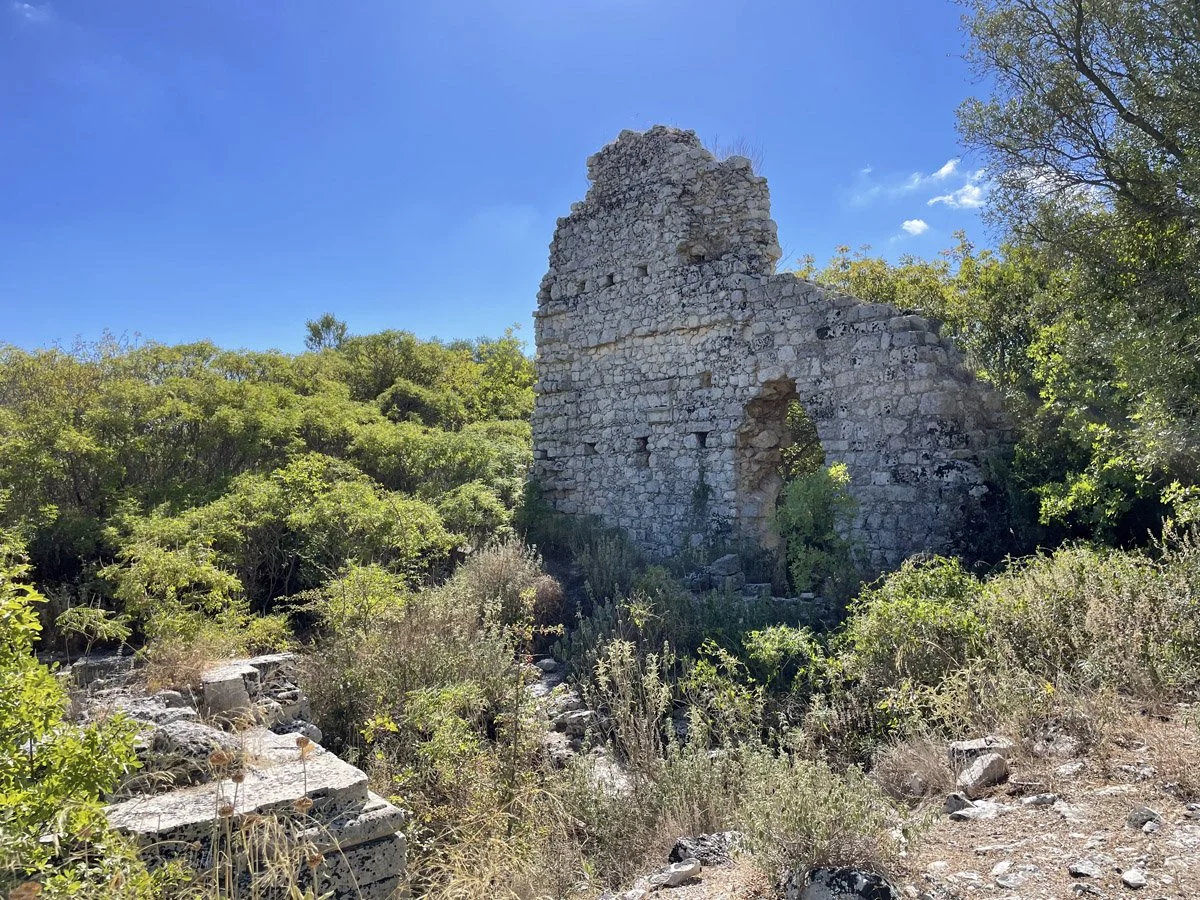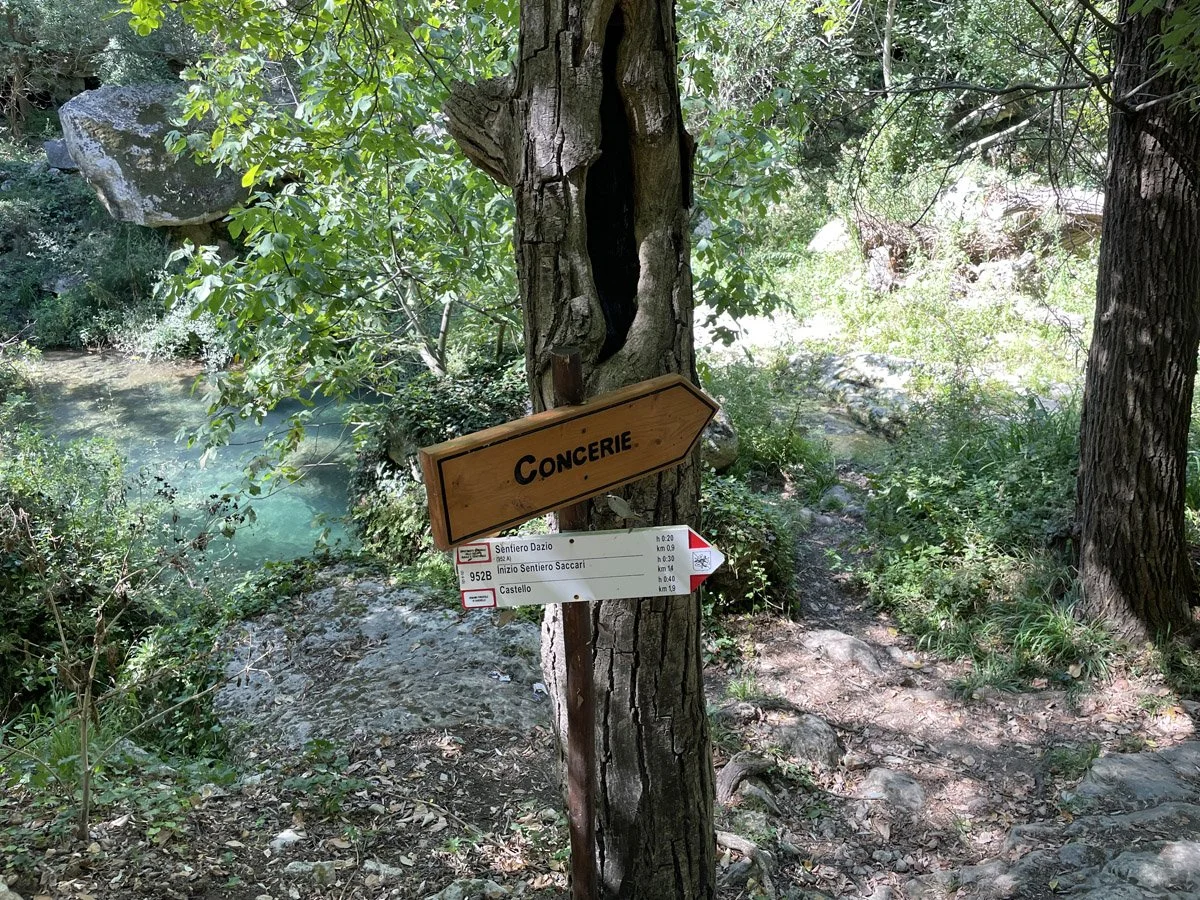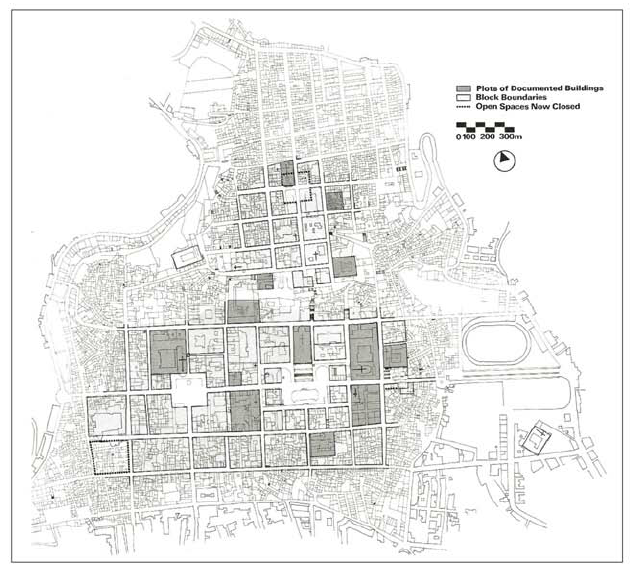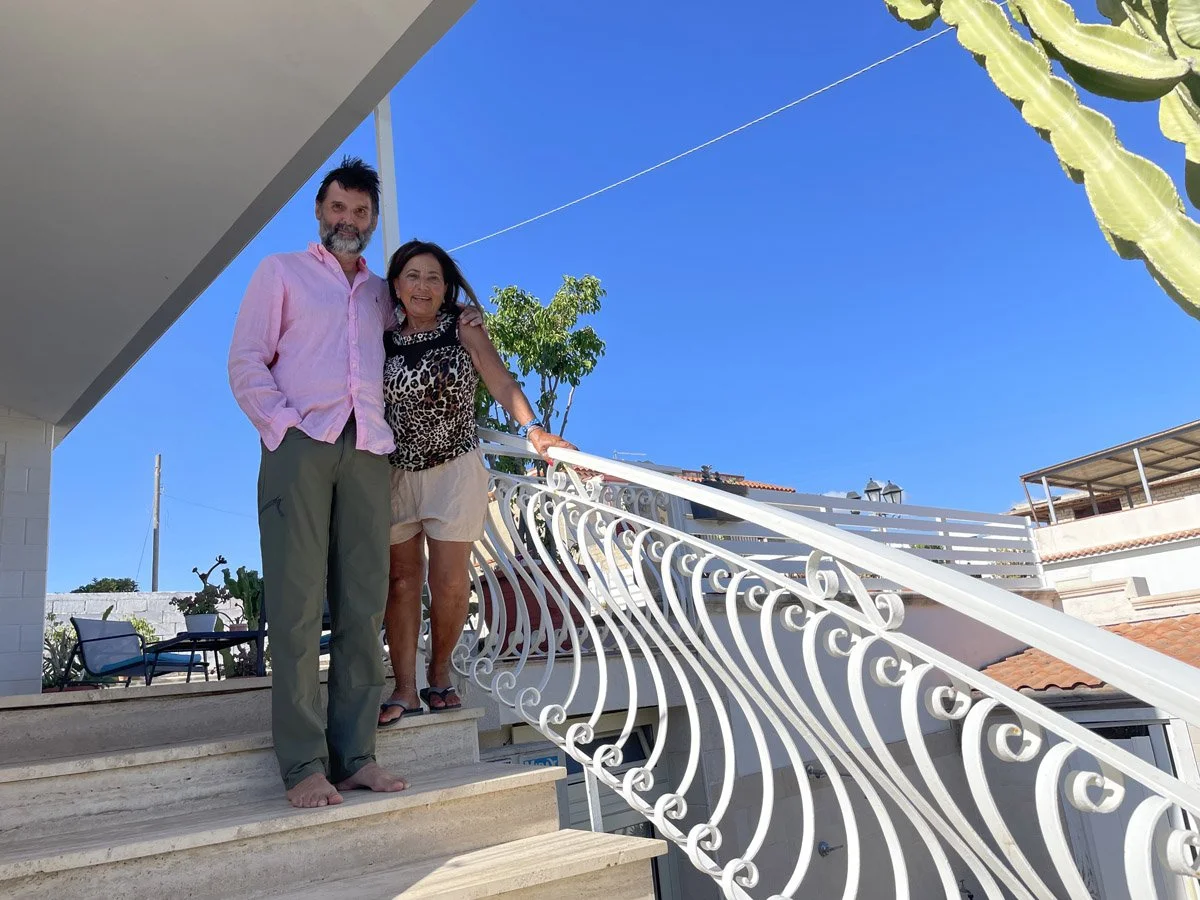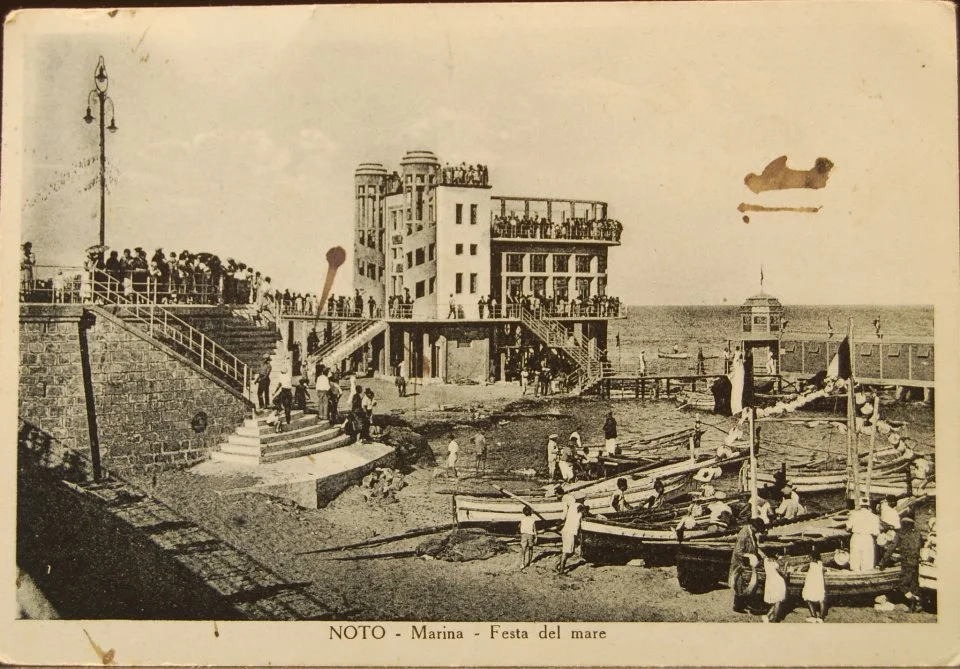Lido di Noto
This is not just a story about Lido di Noto, but also about Baroque Noto and the hilltop city of Antica Noto, founded by the Sicels—one of the pre-Greek peoples of Sicily. During the Arab domination of the island, it became an important fortified town until a catastrophic earthquake destroyed it in 1693.
A new Baroque city of Noto was rebuilt about eight kilometres downhill from the ancient hilltop site. I had booked a bed and breakfast in Lido di Noto, which Google Maps said was eight minutes from the beach on foot. I picked up my rental car in Catania and headed for the highway. When I arrived in Lido di Noto, it was clear Google Maps had made a mistake—the bed and breakfast Villa Tania was actually just one minute’s walk from the beach. The garden in front of the villa was a dream. I had to start keeping track of the dates; otherwise, I wouldn’t know which day to leave.
17 settembre
Spiaggia della Pizzuta
Exactly fifteen minutes on foot from Villa Tania was a small, secluded beach called Spiaggia della Pizzuta (Pizzuta Beach). It wasn’t deserted, but there were just few enough people to feel as if no one else was there. One morning, Pizzuta Beach really was deserted—I was the only one there.
Noto
It was a short drive to Noto, a beautiful Baroque city rebuilt from scratch after the earthquake. I arrived at that particular time in Italy when most shops close for a long lunch break. Fortunately, Noto attracts enough tourists for many restaurants to stay open. But first, it was time for caffè.
I’ve never owned one, but I’m a little obsessed with the first-generation Fiat Panda from 1980—though most of the Pandas still on the road today are from after the second facelift in 1991. I love the Panda because it’s so well suited to Italy’s narrow streets. It’s a case study in functional minimalism.
The Panda was designed at Italdesign by Giorgetto Giugiaro, based on the idea of an “honest design” — minimal ornamentation, clear geometry, and no wasted surfaces.
Your Sicily menswear starter pack: white shorts—ideally chinos without cargo pockets—and a blue-and-white vertically striped shirt. The first thing I did after returning from my trip was buy that same outfit: a shirt made mostly of linen with a touch of cotton, and a pair of white deck shorts.
A sandwich with a classic filling: fresh octopus, potatoes, and green olives. Sparkling water for me, since I was driving. After Noto, I headed straight back to the beach for an early evening swim. Most people carried an umbrella and a beach chair; I just had my Tunisian fouta.
Pasta con le sarde
It’s recognized as a traditional Italian food product under the Prodotto Agroalimentare Tradizionale (PAT) scheme of the Italian government. I ordered pasta con le sarde at the beach restaurant El Pampero in Lido di Noto. The flavor was far more complex than I had anticipated.
At home, I sometimes mix a can of sardines with pasta when I don’t have time to cook—but this was something else entirely. The dish combined sardines and anchovies with wild fennel, saffron, pine nuts, and raisins, and was finished with a topping of toasted breadcrumbs.
When people couldn’t afford sardines, they made pasta con le sarde a mare—literally, “pasta with sardines that are in the sea”—using only pine nuts and raisins instead.
18 settembre
Beachfront bars always look as if they belong in a movie scene. I had no fixed plans for the day, but I quickly knew I didn’t want to be anywhere but the beach.
Below the patio of Villa Tania. Today I didn’t touch the car, so I could enjoy red wine with a late breakfast—or an early lunch. I’d bought bread, cheese, and sausage at a local market. Around 3 p.m., I went back to the beach.
That day, there were waves and a strong current. There wasn’t much wind, so these were swells rather than wind waves. I couldn’t float peacefully in the water like on the first day, but the breaking waves reminded me of the North Sea. I dove into each one until a particularly hard breaker hit my ribs so forcefully that I had to retreat to my towel.
Un giorno mi comprerò una piccola sedia da spiaggia.
In the afternoon, it was time for a Negroni, which they made for me for seven euros. It tasted great—“the perfect drink,” as Bourdain once called the Negroni.
The best food spot near Villa Tania was a small stall run by an older couple. The wife grilled vegetables right outside on the street. They sold fruit, bread, drinks, olives, and their own freshly grilled vegetables.
Onions are very popular in Sicily and widely used in local cooking. For Cipuddata Siciliana (Sicilian Onion Stew), you’ll need sliced white or yellow onions, olive oil, a few ripe tomatoes, capers, green olives, sugar, and white wine vinegar.
First, cook the onions for about 20 minutes. Then stir in the tomatoes, capers, and olives, and cook for another 10 minutes. Finally, add the vinegar and sugar—or just vinegar—and let it simmer for another 5 to 10 minutes.
There were so many beachfront bars and restaurants to choose from. I finally had a granita al limone. Real Sicilian granita is slowly stirred as it freezes. The technique dates back to Arab rule in Sicily, when ice from Mount Etna was stored in stone cellars (neviere) and flavored with fruit juices.
Granita al limone
19 settembre
I finally managed to wake up before sunrise. I also wanted an early start so I could take a morning swim and still have time to visit Noto Antica on the hilltop. The sea was still rough, with long, rolling swells.
After my morning swim, it was time for a cappuccino at a small bar. The poor man had an average of one star on Google Reviews because he refused electronic payments. I gave him a five-star review for his excellent cappuccino, which brought his average up to 1.7 stars. I doubt he’s ever read his Google reviews.
Noto Antica
It was only 14 kilometres from Lido di Noto, but the road was winding and at times barely wide enough for one car. Luckily, there was no oncoming traffic—I had no idea who would have had to reverse for a kilometre on a curvy mountain road. At one roundabout, my navigation reacted too slowly, and I took the wrong turn. After a few kilometres, it wanted me to drive up a walking path—that’s when I knew I had to turn around.
The fortified castle of Noto Antica was under renovation, but the rest of the site feels like an open-air museum. There’s no entrance fee—you can walk the entire distance of the ancient city, or what remains of it. Hidden among the bushes, and sometimes in plain sight, are the ruins of buildings destroyed more than 300 years ago.
All the way down the hill was the old tannery (concerie in Italian). Water was essential for the tanning process, so the path led from the ancient city down to a creek below. There wasn’t much to see, so I walked back up. I drove back to Noto to visit the city for the second time.
My trusty rental car. It came with plenty of dents, the foam padding of the driver’s seat was showing, and it had well over 230,000 kilometres on the clock. I don’t like the design of the Ford Ka, but with so many dents already, I wasn’t too worried about adding another.
In fifth gear, a little upward arrow kept reminding me to shift into a higher gear—but there wasn’t a sixth gear. Very puzzling. Then an orange warning light came on, but I couldn’t be bothered to look up what it meant. It showed a light bulb and didn’t look particularly menacing.
Planned Baroque city grid
From the Noto city map dated at the start of the 18th century it is clear to see its street grid, axes, and piazzas, churches, palazzi were carefully pre-planned — not grown incrementally. The city’s plan embodies the Enlightenment ideal of order and rationality. Interestingly the city has some elements of plot-based principles because plots were subdivided, sold, or built on according to local needs and finances. Noto is a planned urban fabric with plot-based infill and adaptation over time.
The granita al caffè is often served for breakfast and accompanied by a brioche bun making a classic colazione siciliana. I had mine like a German Eiskaffee in the afternoon.
A Country for Old Men
The last afternoon at the beach. The waves were still breaking hard, and the shore remained empty, with no children in sight. In September, Sicily feels like a country for old men—and I was content with the solitude.
I took great pleasure in walking along the dusty, rocky single tracks by the coast in just my Speedo and flip-flops, with my towel, shirt, and shorts tucked away in a small backpack.
Tania, the owner of Villa Tania.
It took a while before I had my first arancino, the local rice cone. They’re filled with ragù and are surprisingly tasty and complex. This one was sold—and perhaps made—by the couple with the food stall near the villa.
Lido di Noto under Fascist Italy
Mussolini’s government was eager to showcase Italy as a modern, disciplined, and powerful nation. Urban planning, new towns (città di fondazione), and the development of seaside resorts were part of this effort. Beaches and coastal leisure areas were framed as spaces for both health and social order. Sicily, often regarded as peripheral and underdeveloped, was targeted by Fascist initiatives to "modernize" and integrate it more fully into the national identity. Establishing organized seaside resorts such as Lido di Noto fit into this broader agenda of modernization and control. The establishment of Lido di Noto in the 1930s wasn’t just a local development. It fit into Fascist Italy’s broader political project: to reshape Italian life through modernization, mass leisure, and a controlled but appealing public culturethat could strengthen national unity and the image of the regime.
The same location in 2025 compared to 1935.
